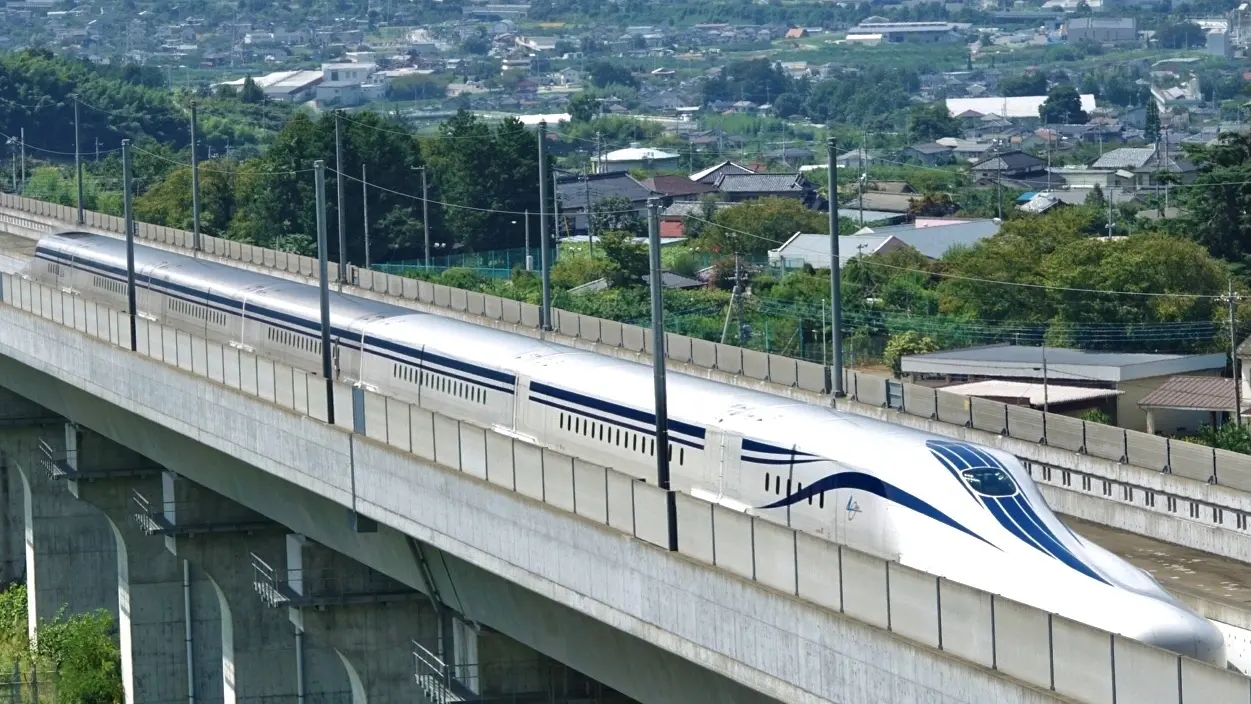Late last year, China broke its own record for the world’s fastest train, clocking in at 281 miles per hour. But in Japan, testing is underway for another type of train — one that levitates and can top 300 miles per hour, showing that the race for the fastest train isn’t just a competition. It could revolutionize the future of travel.

Maglevs could revolutionise the future of inflexible point-to-point links (they’re mostly used for things like showpiece airport trains, and future plans are fixed single-line systems like the Japanese one). IIRC, unlike legacy double-rail systems, you can’t have switches for diverting trains between two lines at speed, meaning that the sorts of flexible railway networks that currently exist can’t be replicated with maglev.


